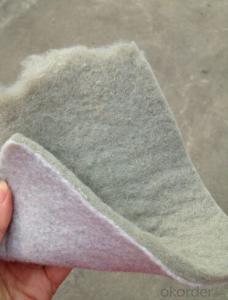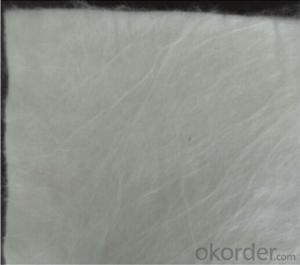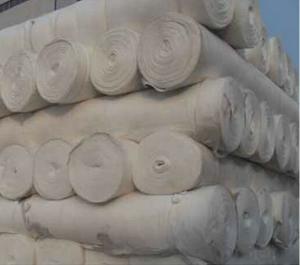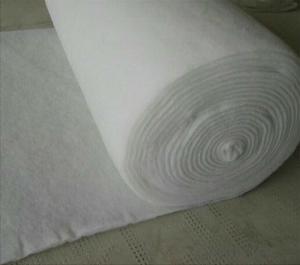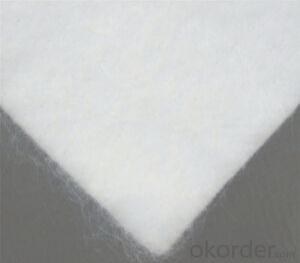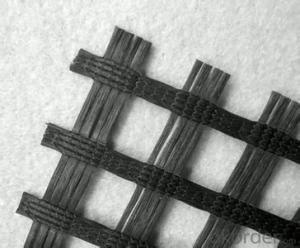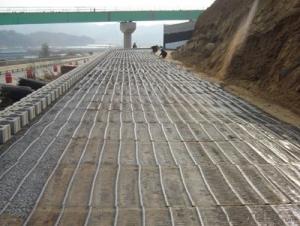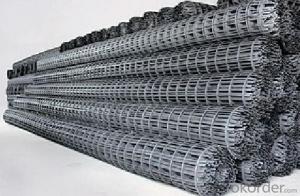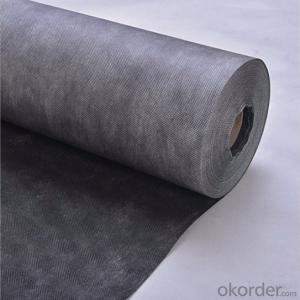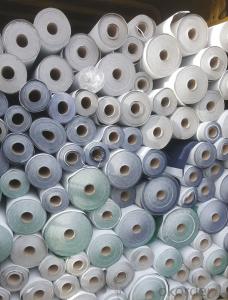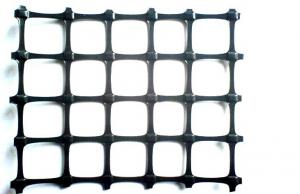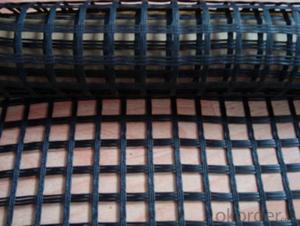Nutrition Geotextile Use in Ecological Prevention and Control
- Loading Port:
- Qingdao
- Payment Terms:
- TT OR LC
- Min Order Qty:
- 5000 m²
- Supply Capability:
- 2000000 m²/month
OKorder Service Pledge
OKorder Financial Service
You Might Also Like
Nutrition geotextile in water environmental engineering .
Specification:
1. 200g/m2-400g/m2
2. One side thermally bonded nonwoven geotextile
3. Both sides thermally bonded nonwoven geotextile
Product Feature:
1. Simple and fast construction
2. Achieve the greening effect quickly after construction
3. Due to the grass and composite fiber fabrics become into one integration, so it has the ability of certain degree of flow resistance for the water rising before the grass survive.
4. Composite fiber fabric is a continuous structure from slope top to slope toe, both ends are fixed, has high water flow resistance.
Technical Specification
5.0 m length and 1.05 m width. Reverse side all used filter material. Grass seeds: Bermuda grass (warm season grass), Bahia grass (warm season grass), Kentucky bluegrass (cold season grass), Tall fescue grass (cold season grass), Red fescue grass (cold season grass). Plant height: 0.1 ~ 0.5 m.
| NO. | Items | Specification | Notes | |||
| 1 | Total unit area weight g/sq.m | ≥380 | ||||
| 2 | dimension | width m | 1.0~2.0 | |||
| length m | as per user’s request | |||||
| 3 | Composite fiber fabrics | Material | Polyester Fiber | High strength PET | ||
| Unit area weight g/sq.m | ≥160 | |||||
| Mesh dimension mm | 8×8 | |||||
| Extension strengh kn/m | ≥11 | MD & CD | ||||
| 4 | Filtra layer | Material | Polyester non woven geotextile | |||
| Unit area weight g/sq.m | ≥40 | |||||
| 5 | Grass seeds, Fertilizer | Type | According to actual situation choose 3~5 grass seeds | |||
| Plant height m | 0.1~0.3 | |||||
| 6 | Fiber layer | Material | wood pulp cellulose | |||
| Unit areaweight g/sq.m | ≥15 | |||||
| 7 | flow resistance | ≥4 | not allow appear scour, suction and blanket turn-over etc. damage phenomenon | |||
| M/s | ||||||
| 8 | Anti-UV strengh conservation rate % | 65~80 | 3000hrs Continuously exposure 3000hrs | |||
| 9 | Supporting spare parts | ABS fastening nail | Material | ABS Resin | Fixed between two blankets by length direction | |
| Fiber diameter mm | 35 | |||||
| Nail length mm | 325 | |||||
| Lnail | Material | Steel wire (content 10% zinc-aluminium alloy) | Used to fix single blanket | |||
| Fiber diameter mm | 4 | |||||
| Nail length mm | 200 | |||||
| ABS connecting nail | Material | ABS Resin | Used in the slope between the two blankets ( width direction) | |||
| Nail length mm | 38 | |||||
| Connecting fiber | Material | High strength Polypropylene | Used in the slope between the two blankets ( width direction) | |||
| Length mm | Cut as per request | |||||
APPLICATION:
Generally laid on the river channel, slope protection etc. slope revetment projects, to control the water erosion, soil loss, meantime can reach the effect of slope ecological restoration and landscape greening, making river back to natural.
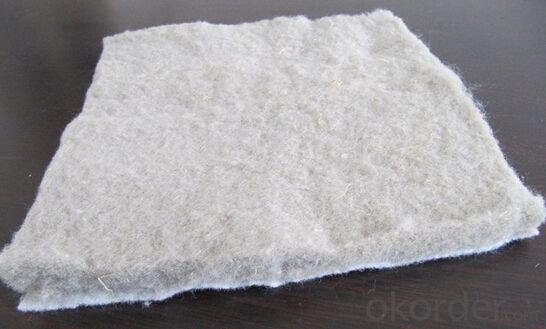

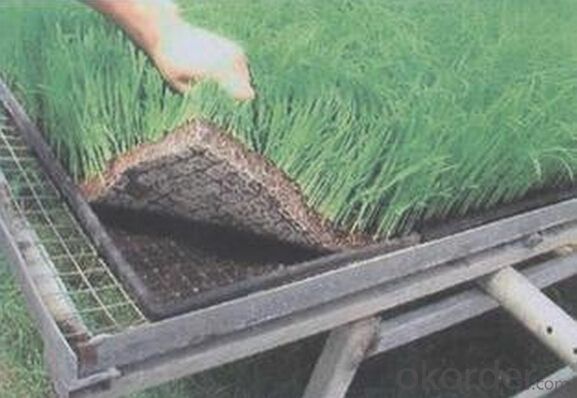

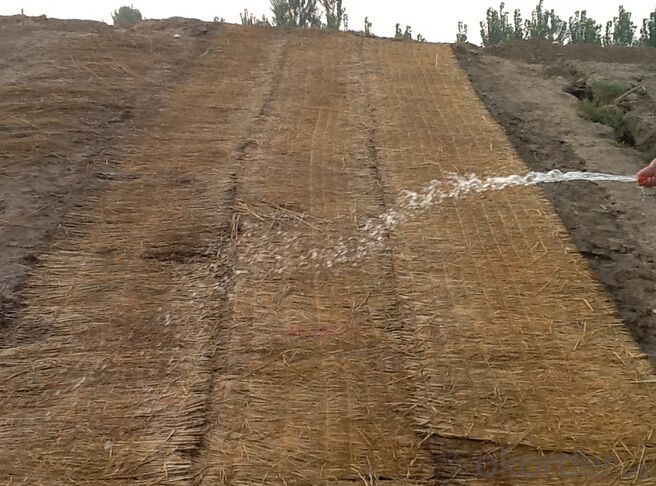
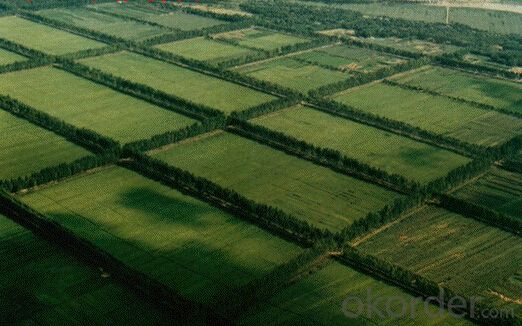
- Q:Can geogrids be used in reinforcement of geosynthetic clay liners?
- Yes, geogrids can be used in the reinforcement of geosynthetic clay liners. Geogrids are commonly used as a secondary reinforcement layer in geosynthetic clay liners to enhance their tensile strength and improve their overall performance in various engineering applications.
- Q:Do geogrids require maintenance?
- Yes, geogrids do require maintenance. Routine inspection is necessary to ensure their proper functioning and longevity. This may involve checking for any signs of damage, such as tears or punctures, and addressing any issues promptly. Additionally, regular cleaning and removal of debris is important to prevent clogging and maintain the effectiveness of geogrids. Overall, proper maintenance helps to extend the lifespan and performance of geogrids in various applications.
- Q:How do geogrids enhance the performance of geosynthetic clay liner drainage systems?
- Geogrids enhance the performance of geosynthetic clay liner drainage systems by providing additional reinforcement and stability. By placing geogrids between layers of clay liner, it helps to distribute the load evenly and prevent the liner from shifting or slipping. This enhances the overall strength and integrity of the drainage system, ensuring efficient water flow and preventing soil erosion.
- Q:What is the significance of each index
- The slope on shop, should maintain a certain degree of tightness.Two)Geosynthetics shall be placed on each side of the embankment for a certain length, and shall be folded and wrapped in compacted fillOn the plane, the exposed part of the earth is covered by the soil.Three)When the joint of geosynthetics is used, the lap length should beThree hundred
- Q:How do geogrids help in reducing the risk of landslides?
- Geogrids help in reducing the risk of landslides by providing reinforcement and stability to the soil. They are typically installed in layers within the ground to improve its strength and prevent movement. Geogrids act as a barrier, distributing the forces exerted by the soil and reducing the likelihood of slope failure. They increase soil cohesion and friction, enhancing the overall stability and preventing landslides from occurring or minimizing their impact.
- Q:What are the different materials used to manufacture geogrids?
- Geogrids are manufactured using various materials such as polyester, polypropylene, high-density polyethylene (HDPE), and fiberglass. These materials offer different strengths, durability, and chemical resistances, allowing geogrids to be customized for various applications in civil engineering and construction projects.
- Q:What is the recommended geogrid aperture size?
- The recommended geogrid aperture size depends on various factors such as the specific application, soil conditions, and engineering requirements. It is best to consult with a geotechnical engineer or a specialist in geogrid design to determine the appropriate aperture size for a particular project.
- Q:Can geogrids be used in bridge abutments and approach embankments?
- Yes, geogrids can be used in bridge abutments and approach embankments. Geogrids are typically used in civil engineering projects to reinforce soil and provide stability. In the case of bridge abutments and approach embankments, geogrids can be installed to enhance the strength and load-bearing capacity of the soil, reducing the risk of settlement and improving overall stability.
- Q:Can geogrids be used in soil stabilization for erosion control?
- Yes, geogrids can be used in soil stabilization for erosion control. Geogrids are commonly used to reinforce and stabilize soil, preventing erosion by providing strength and stability to the soil structure. They can be effective in controlling erosion on slopes, retaining walls, and other areas prone to soil movement or erosion.
- Q:How do geogrids enhance the stability of landfill slopes?
- Geogrids enhance the stability of landfill slopes by creating a reinforced structure that prevents soil erosion and slope failures. They provide additional tensile strength to the soil, distribute lateral loads more evenly, and increase overall slope stability. Additionally, geogrids help to control soil settlement and improve drainage, reducing the risk of landslides and ensuring long-term stability of the landfill slopes.
1. Manufacturer Overview |
|
|---|---|
| Location | |
| Year Established | |
| Annual Output Value | |
| Main Markets | |
| Company Certifications | |
2. Manufacturer Certificates |
|
|---|---|
| a) Certification Name | |
| Range | |
| Reference | |
| Validity Period | |
3. Manufacturer Capability |
|
|---|---|
| a)Trade Capacity | |
| Nearest Port | |
| Export Percentage | |
| No.of Employees in Trade Department | |
| Language Spoken: | |
| b)Factory Information | |
| Factory Size: | |
| No. of Production Lines | |
| Contract Manufacturing | |
| Product Price Range | |
Send your message to us
Nutrition Geotextile Use in Ecological Prevention and Control
- Loading Port:
- Qingdao
- Payment Terms:
- TT OR LC
- Min Order Qty:
- 5000 m²
- Supply Capability:
- 2000000 m²/month
OKorder Service Pledge
OKorder Financial Service
Similar products
New products
Hot products
Hot Searches
Related keywords

